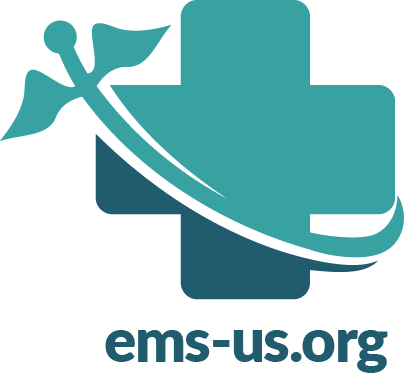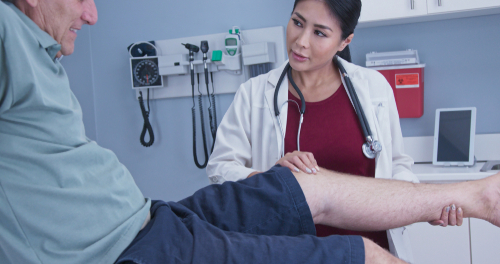7 Benefits of Physical Therapy Treatment
Physical therapy treatment can help patients of all ages. Whether they’re experiencing limited mobility and function, have symptoms of medical conditions, suffering from injuries – there are physical therapy treatment options available to them.
When you undergo a physical therapy treatment program, your physical therapist will create a personalized therapy program for you. The main goal of this treatment program is to help you regain your mobility and function.
Another important goal is to improve your physical functions and promote a healthier lifestyle to prevent future injuries. Physical therapy can help in the improvement of our overall health.
In today’s post, let’s take a closer look at the benefits of physical therapy treatment.
Helps Reduce Pain
Manual therapy exercises and therapeutic techniques focus on the joints and soft tissues. This type of treatment mobilizes those parts of the body. Also, physical therapists utilize other methods, such as electrical stimulation, taping, and ultrasound.
These techniques help in alleviating pain, restoring muscle functions, and regaining mobility. Some additional physical therapy techniques can also be incorporated into the treatment program to help prevent future injuries.
Physical Therapy Treatment Is Preferred By Patients Who Want to Avoid Surgery
If your doctor recommends physical therapy treatment, you wouldn’t need to undergo surgery anymore. Also, even if you do, physical therapy techniques can help you prepare and recover from surgery.
Overall, this treatment helps your body be in better shape – before and after surgery. And if you need to undergo surgery, your body must be in a more energetic state to help face the stresses of the procedure.
Helps Improve Your Mobility
If you are having some issues moving, walking, or standing – no matter what your age is – you may benefit from getting physical therapy treatment.
A physical therapist is trained to assess a patient’s mobility level. A physical therapist can fit the patient with assistive devices such as crutches or cane from the assessment. The therapist can also recommend orthotic procedures.

Whatever the assessment is, a physical therapist will create a customized plan based on the diagnosis.
When it comes to this type of treatment, no two conditions are the same. That’s why physical therapists need to do a comprehensive assessment of the patient’s condition – and make their professional medical recommendations from there.
Recovery from Sports-Related Injuries
Sports physical therapy is a branch of physical therapy. Physical therapists specializing in this area focus on treating sports-related injuries. They can also help in preventing future injuries when performing sports.

Sports physical therapists can devise appropriate injury prevention or recovery program for athletes.
This helps in making sure that the athletes are safe in and out of the game.
Recovery from Stroke
Anyone who has suffered from a stroke can lose their degree of movement of function. These weakened areas of the body can be improved by regular physical therapy.
Another benefit of physical therapy is to help stroke patients be more independent. Whether it’s going to the toilet alone, getting dressed, eating, or any other daily activities – physical therapy programs can help stroke patients.
Manage Health Issues Related to Age
As we grow older, the chances of getting sick also increase. Conditions such as osteoporosis, arthritis, or the need for a joint replacement procedure are common among aging individuals.
Unfortunately, this may be an inevitability in life. However, with the help of a physical therapy program, patients have the option to manage specific age-related health issues conservatively.
Women’s Health
Women face health concerns specific to them. Some of these include pregnancy and post-partum conditions. A physical therapist experienced in women’s health can help address these issues.
They can also provide physical therapy treatment program to help treat breast cancer, pelvic pain, fibromyalgia, bowel incontinence, urinary incontinence, and other related conditions.



